
Manufacturer's Specifications:
D/A Conversion: Four-times over sampling (176.4 kHz) with digital filter and dual 16-bit D/A converters.
Frequency Response: 20 Hz to 20 kHz, ± 0.01 dB.
Phase Linearity: ± 0.2°, 20 Hz to 20 kHz.
Dynamic Range: Greater than 96 dB.
S/N Ratio: Greater than 103 dB.
Channel Separation: Greater than 103 dB at 1 kHz.
THD: Less than 0.002% at 1 kHz.
Ultrasonic Noise Rejection: Greater than 60 dB above 24.1 kHz.
Output Level: Digital (electrical), 0.5 V peak to peak; optical, 780-nm wavelength; analog output, 2.0 V rms (fixed and variable in 64 steps of 1 dB each).
Headphone Impedance Range: 8 to 2,000 ohms.
Number of Programmable Selections: 20 "program blocks" (see text).
Power Requirements: 120 V a.c., 60 Hz, 30 watts.
Dimensions: 16 13/16 in. W x 3 1/2 in. H x 14 1/2 in. D (42.7 cm x 8.9 cm x 36.9 cm).
Weight: 22 1/2 lbs. (10.2 kg).
Price: $749.
Company Address: 1 Philips Dr., P.O. Box 14810, Knoxville, Tenn. 37914, USA.
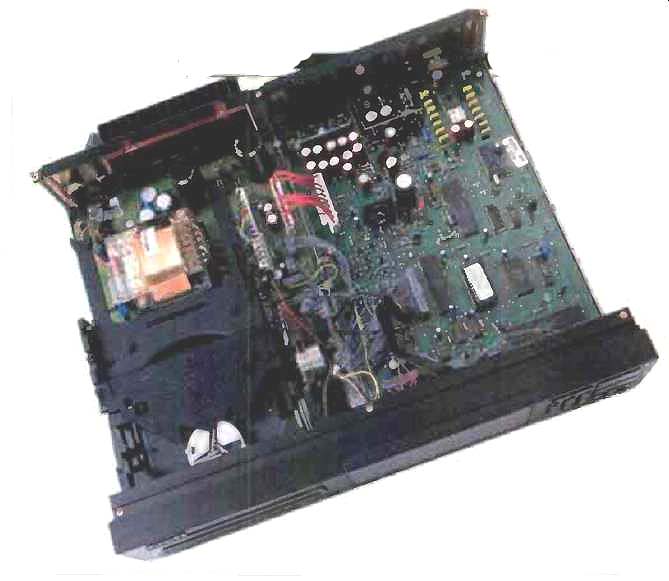
In the June 1988 issue. I reported my test results for the Models CD960 and DAC960, the first CD player and separate D/A converter to be sold in this country under the Philips name. Of course, almost from the start of the Compact Disc era, we've had some excellent CD players available from Philips under the Magnavox brand name. It was rather unfortunate that the first Philips-labeled player proved to be less than state of the art when it came to linear, distortion-free reproduction of program material at all amplitude levels. Readers who follow these test reports may recall that when I played low-level, dithered test signals, the CD960 exhibited deviation from linearity of almost 15 dB at -90 dB recorded level on one channel and deviation of around 6 dB on the other.

I have learned that Philips is now "grading" their D/A converters. The best, in terms of linearity and freedom from other forms of distortion and noise, are used in top-of-the line units such as the CD880 under review here: somewhat poorer converters are relegated to low-end players. I have been assured, however, that even the lower grade D/A converter chips are now coming off the line with better linearity performance than was the case in the CD960. When the top-grade D/A chips are used, as in the CD880, I can attest to the fact that linearity is superb, as are the player's other performance characteristics.
One thing that has been carried over from the earlier unit is Philips' innovative Favorite Track Selection. Well worth having, this feature allows you to store desired tracks of a great number of CDs in the player's memory. Once you have done so, the next time you insert one of those discs, you can elect to have only the previously designated tracks or selections played. The FTS system, as incorporated in the CD880, will accept up to 1,757 entries, eight of which are used to identify the disc itself. The number of discs that can be stored with FTS depends on the number of tracks per disc that you program. For example, if you program five tracks per disc, then you will use 5 + 8 entries per disc, or 13 entries. This would allow you to use FTS on 135 discs (135 x 13 = 1,755.) Tiny numbered stickers supplied with the CD880 enable you to correlate the FTS number encoded in the player with the disc itself.
FTS should not be confused with regular programmed play. The CD880 can be programmed for a maximum of 20 memory blocks. Each track number takes up one block, while an index point takes up two. It is also possible to program play on the basis of start and stop time within a given track, although doing so uses up five blocks of program memory.
In addition to the usual convenience features--such as moving from track to track, fast search in either direction for a particular passage, moving to the next or to a specified index number within a track, and several forms of repeat play-this unit offers "Scan" play. With this function, the first 10 S of each track are played in turn, and track numbers can simultaneously be stored for programming. Finally, activating the "Shuffle" switch causes the tracks of a disc to be played in random order until the command is cancelled.
Control Layout
The front panel of the CD880 seemed particularly uncluttered and neat, in part because some of the functions, such as index access and variable output level adjustment, are available only on the supplied remote control. A power switch, stereo headphone jack, and 'phone level control are all positioned below the disc tray, which is opened by lightly touching a button on the front of the tray. A large display area to the right of the tray provides information about the number of tracks on the disc, the playing time, the state of play at any given moment, and the status of the player's special functions. It also indicates when no disc has been inserted or when a mistake is made in operating the player.
A "Play Mode" switch beneath the display area has three settings. The first of these, "Norm," is self-explanatory. The "Copy" function inserts time gaps between tracks when dubbing onto tape, for use with tape players which have track-seeking facilities to detect such gaps. The "Auto" setting automatically puts the CD880 in pause after playing a track. The other controls beneath the display are pushbuttons for "Shuffle," "Repeat," "Time" (for choosing the type of time display, such as remaining track time, total remaining time, or elapsed track time), "A-B" repeat, "Scan," and "FTS." Controls for track advance and reverse, play, pause, stop, and fast search are at the far right of the panel, as are the switches and numbered keys for programming desired selections.
The remote control duplicates all of the front-panel functions, with the exception of opening the disc tray. The remote also has buttons for index access and output le adjustment.
Optical and electrical digital outputs are provided on the rear panel, in addition to the fixed and variable analog or line-level outputs. An optical coupling cable and the usual shielded analog audio cables are supplied. Due to the proximity of the digital and analog outputs, an on/off switch for the digital output is provided, just in case the digital signal interferes with the analog signals. There are also remote-control jacks on the rear panel, an input jack for use with an external infrared remote sensor, and an output jack to control related Philips stereo components. A pair of easily removed clamps beneath the CD player protect and lock the disc tray's mechanism during shipment.
Measurements
Figure 1 is a plot of the frequency response of the CD880. Even the expanded scale of this graph cannot verify Philips' claim of amplitude linearity to within ± 0.01 dB. However, I can certainly attest to the fact that the departure from flat response from 10 Hz to 20 kHz never exceeded ±0.1 dB, which ought to satisfy even the most demanding purist. The response curve was generated again for Fig. 2, along with a plot of interchannel phase versus frequency. It is obvious that there was no measurable interchannel phase difference, at any audio frequency, thanks to the use of two carefully matched D/A converters and proper time compensation.
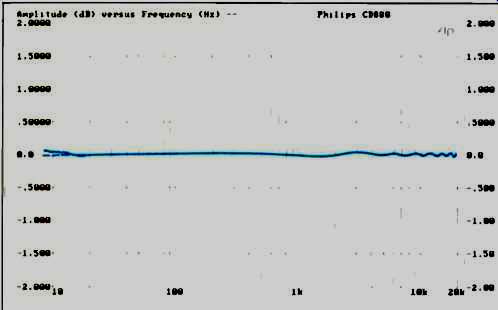
Fig. 1--Frequency response. Note the close match between the left channel (solid
curve) and right channel (dashed curve).
A-weighted S/N ratio was about the highest I have ever measured for any CD player, with readings of 113.65 dB for the left channel and 114.42 dB for the right. Bear in mind that these readings relate to the analog stages of the player, since, when playing the "no-signal" track of the CD-1 test disc, no digital circuitry is exercised. Spectral analysis of the residual noise (Fig. 3) shows excellent isolation from any hum-inducing components in the power supply. The rise in noise level at 60 Hz (or at its multiples), which I typically encounter with other CD players, is absent. This is true regardless of how low the level of those hum voltages is.
Dynamic range was measured in accordance with the proposed EIAJ Standard. EIAJ dynamic range is obtained by adding 60 d3 to the THD measurement, expressed in dB, for a 1-kHz signal at-60 dB recorded level. Both channels yielded identical results for this test, with a THD reading of-36.9 dB and therefore a dynamic range of 96.9 dB-almost exactly as specified by Philips.
Figure 4 is a plot of THD + N (sometimes referred to as quantization noise or quantization distortion) versus signal level, referred to maximum recorded level. The slight rise at higher levels may be due to limitations of the analog stages or to the presence of out-of-band "beats," but even at 0-dB (maximum) recorded level, THD + N was still more than-86 dB. This would correspond to less than 0.005%, which was confirmed when I plotted THD + N versus frequency for a signal at maximum level (Fig. 5). A spot check of SMPTE-IM distortion was also made, and the readings were extremely low: 0.00305% for the left channel and 0.00250% for the right.
I next played a 20-kHz test tone at maximum recorded level and used a spectrum analyzer to scan from 0 Hz to 50 kHz. The only spurious or unwanted product evident was the now-familiar "beat" at around 24.1 kHz. This is caused by the heterodyning between the signal itself (20 kHz) and the CD sampling frequency (44.1 kHz). The results are shown in Fig. 6.
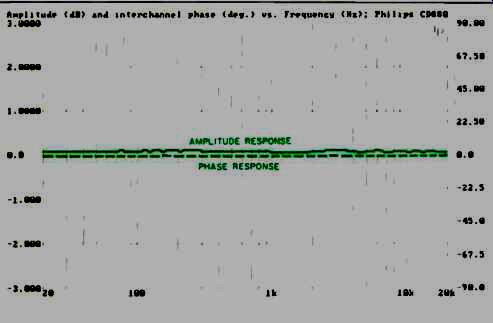
Fig. 2-Comparison between amplitude response of one channel and relative phase
response of opposite channel. Results show careful matching of the D/A converters
and proper time compensation. Phase, in degrees, can be read from right-hand
scale.
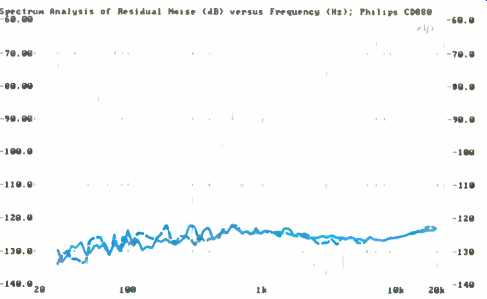
Fig. 3-Residual nose vs. frequency of left channel (solid curve) and right
channel (dashed curve) for "quiet" track of CD-1 test disc. Note
low noise level at 60-Hz power-line frequency and its multiples.

Fig. 4-THD + N vs. signal level for left channel (solid curve) and right channel
(dashed curve).
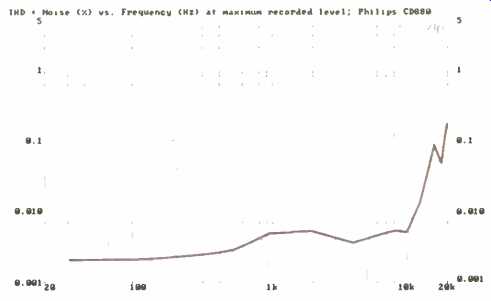
Fig. 5--THD + N vs. frequency at 0-dB signal level.
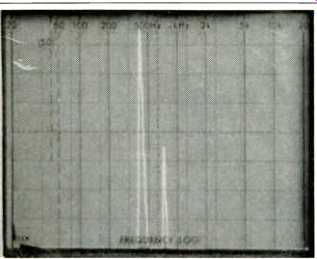
Fig. 6--Spectrum analysis of the CD880's output when reproducing 20-kHz signal.
Note absence of spurious signals other than the common, 24.1-kHz "beat" tone.
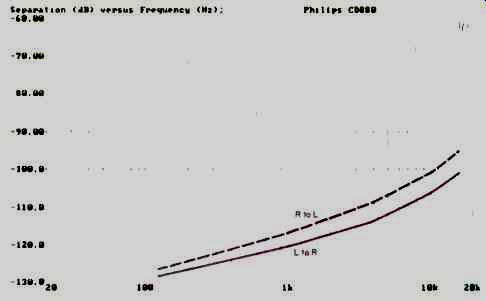
Fig. 7--Interchannel separation was unusually high.

Fig. 8-Deviation from perfect linearity for undithered 1-kHz signal was maintained
within about 1 dB almost all the way down to-90 dB recorded level.
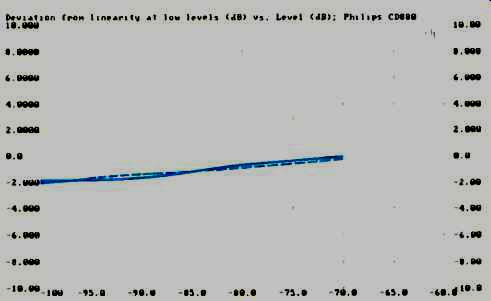
Fig. 9--Deviation from perfect linearity for dithered signal was within 2 dB
from -70 down to -100 dB recorded levels for both left channel (solid curve)
and right channel (dashed curve).
At 10 kHz, the CD880 yielded over 100 dB of separation on either channel (Fig. 7). Although not a basic indication of sound quality, the amazingly high levels of separation provided by the Philips, even at high frequencies, give an indication of the care with which it was laid out and assembled. Crosstalk usually arises in the analog stages, where coupling between channels can occur. Obviously, steps were taken to minimize such signal cross-coupling to a degree seldom encountered with lesser players.
Perhaps the most outstanding aspect of the CD880's performance, and the one which distinguishes it from most of the competition, regardless of price, is the superb linearity it exhibits at low levels. Figure 8 is a plot of deviation from linearity, using undithered signals from 0 down to -90 dB. Even at the lowest levels, deviation from perfect linearity was barely greater than 1 dB for either channel. Even more remarkable is the deviation from linearity using the dithered signals available on the test disc, from -70 to -100 dB (Fig. 9). The Philips player was able to maintain linearity within 2 dB all the way down to -100 dB! Further confirmation of the CD880's superb linearity was obtained when I ran the "fade-to-noise" test, using a 500-Hz signal that decreases in amplitude over a period of 30 S, from -60 to -120 dB. Discounting the noise that naturally shows up at the low-level extremes of this test, the CD880 was linear within about 3 dB down to signal levels well below the-100 dB mark. as shown in Fig. 10. In addition, the CD880 reproduced the steps of the monotonicity test signal (Fig. 11) with nearly perfect equality and symmetry. A very slight degree of asymmetry in the lowest step of this rising series can be detected. However, the waveform's appearance is far closer to perfection than I have obtained with most players recently subjected to this test.
The square wave reproduced by the CD880, shown in Fig. 12, is typical of that from players which employ digital filtering and oversampling. as is the unit pulse of Fig. 13.
The polarity of the unit pulse shows that this CD player does not invert polarity of music signals.
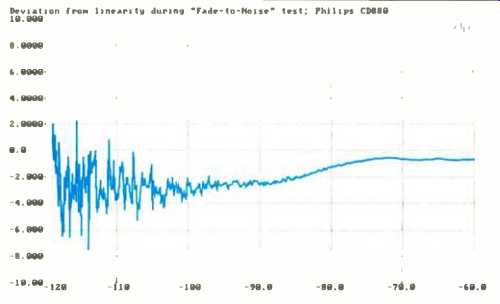
Fig. 10-Linearity deviation for EIA "fade-to noise" test of dynamic
range was within 3 dB to well below -100 dB.

Fig. 11--Monotonicity test. Note the unusually high degree of symmetry.

Fig. 12--Reproduction of 1-kHz square wave.
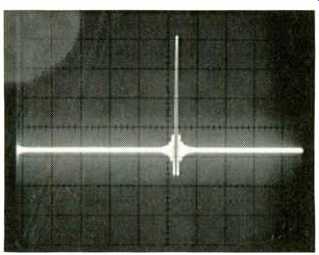
Fig. 13--Single-pulse test.
Use and Listening Tests
As I might have expected, the CD880 employs one of the most sophisticated tracking and error-correction systems I have run across since I began testing CD players nearly five years ago. There was little I could do to make the laser pickup misbehave-whether by tapping on the sides and top of the enclosure or by playing the assortment of "defects" discs I have now acquired. With such tests out of the way. settled back to enjoy some of my most recent CD acquisitions. Among the discs I used were a pair of recordings of Clara and Robert Schumann's works for piano and strings, one of which also includes a piece by Johannes Brahms (Pro Arte CDD 395 and CDD 396). The clarity of these digitally mastered discs has to be heard to be believed.
For the listening evaluations, I used my reference Infinity RS 9 Kappa speaker systems and a high-powered Haller amp that was in the lab for testing. I did not use any sort of intervening preamp, for the CD880's variable outputs enabled me to change volume level from my listening position via the remote control. With this setup, I came about as close to total realism as I have yet come with any electronic sound-reproduction equipment. The selection of spectacular overtures on a third Pro Arte disc, Light Cavalry (CDD 402), including the Von Suppé for which the disc is named, puts demands on your system's dynamic range as only well recorded Compact Discs can. The CD880's clarity and transparency, especially on low-level passages, was distinctly audible.
It is clear that one does not need high-multiple oversampling (eight times, 16 times, or higher) and 18- or 20-bit D/A conversion to guarantee superb performance from a Compact Disc player. As so many authorities have been stressing recently, if a "perfect" 16-bit D/A converter were developed, there would be no need for more "bits" or more digital multiplication than is provided by four-times oversampling.
Philips, in the CD880, has come about as close to that perfection as any player I've evaluated thus far.
-Leonard Feldman
(Source: Audio magazine, Jan. 1989 )
Also see: Philips CD960 Compact Disc Player (Jun. 1988)
Philips DAC960 D/A processor (Jun. 1988)
Philips LHH 500 CD Player (Apr. 1992)
Philips LHH1000 compact disc playback system (Jan. 1990)
Magnavox CDB650 CD player (Mar. 1987)
= = = =